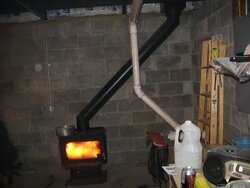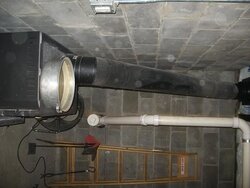How many people here have to babysit there stove?
And if not what type of stove do you have?
Everytime I burn I have to babysit my stove, to keep it between 300-550 degrees.
It normally takes 2-3 hours to get it to 500.
The wood I burn is not completely seasoned, the trees where cut over 1 year ago, they were then cut into pieces 9 months ago, and split about 2 months ago.
Also, I have been reading that some people allow there stove to get above 600 on a normal basis.
According to my thermoter that is overfiring, so what is considered an overfire?
Thanks..
And if not what type of stove do you have?
Everytime I burn I have to babysit my stove, to keep it between 300-550 degrees.
It normally takes 2-3 hours to get it to 500.
The wood I burn is not completely seasoned, the trees where cut over 1 year ago, they were then cut into pieces 9 months ago, and split about 2 months ago.
Also, I have been reading that some people allow there stove to get above 600 on a normal basis.
According to my thermoter that is overfiring, so what is considered an overfire?
Thanks..




